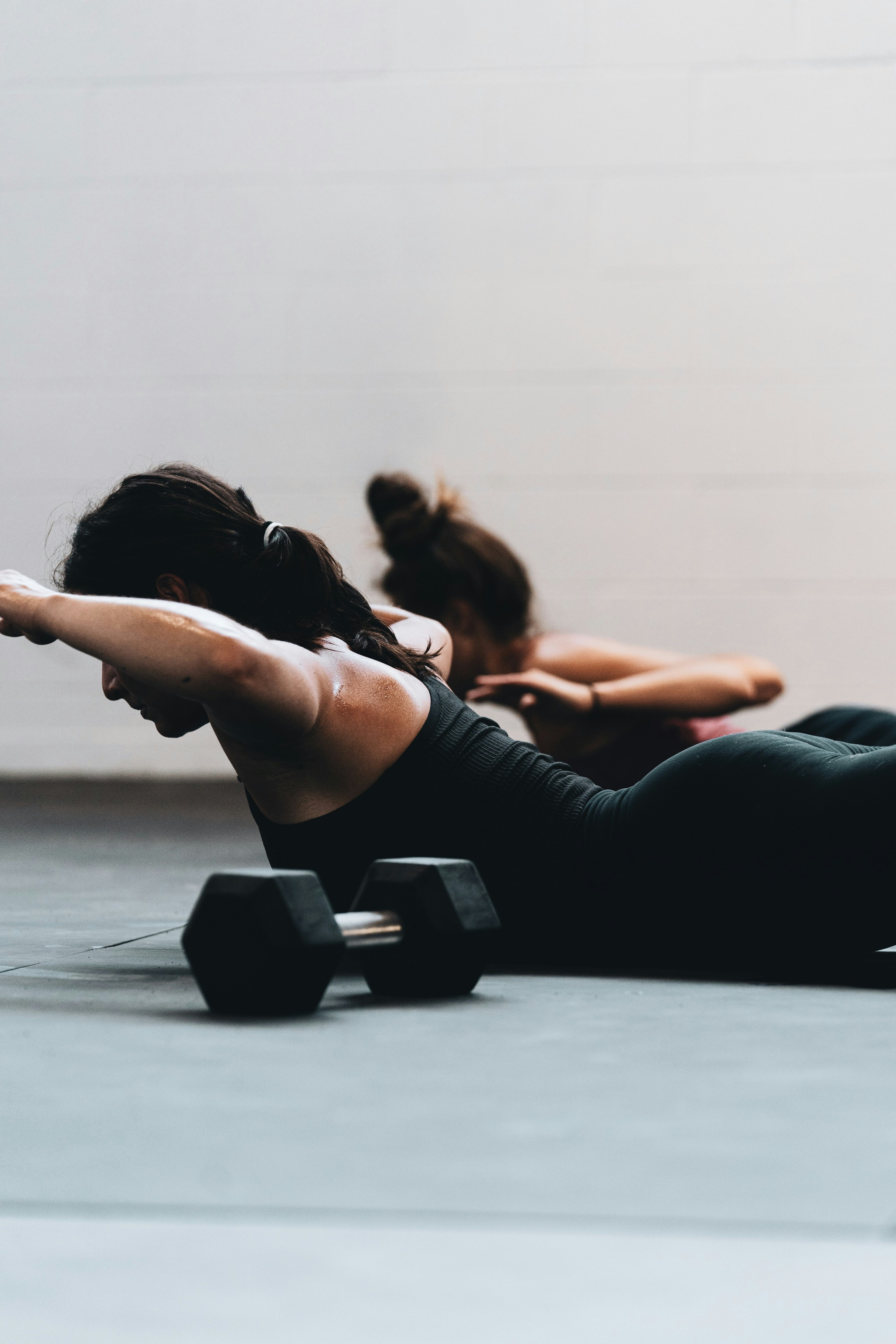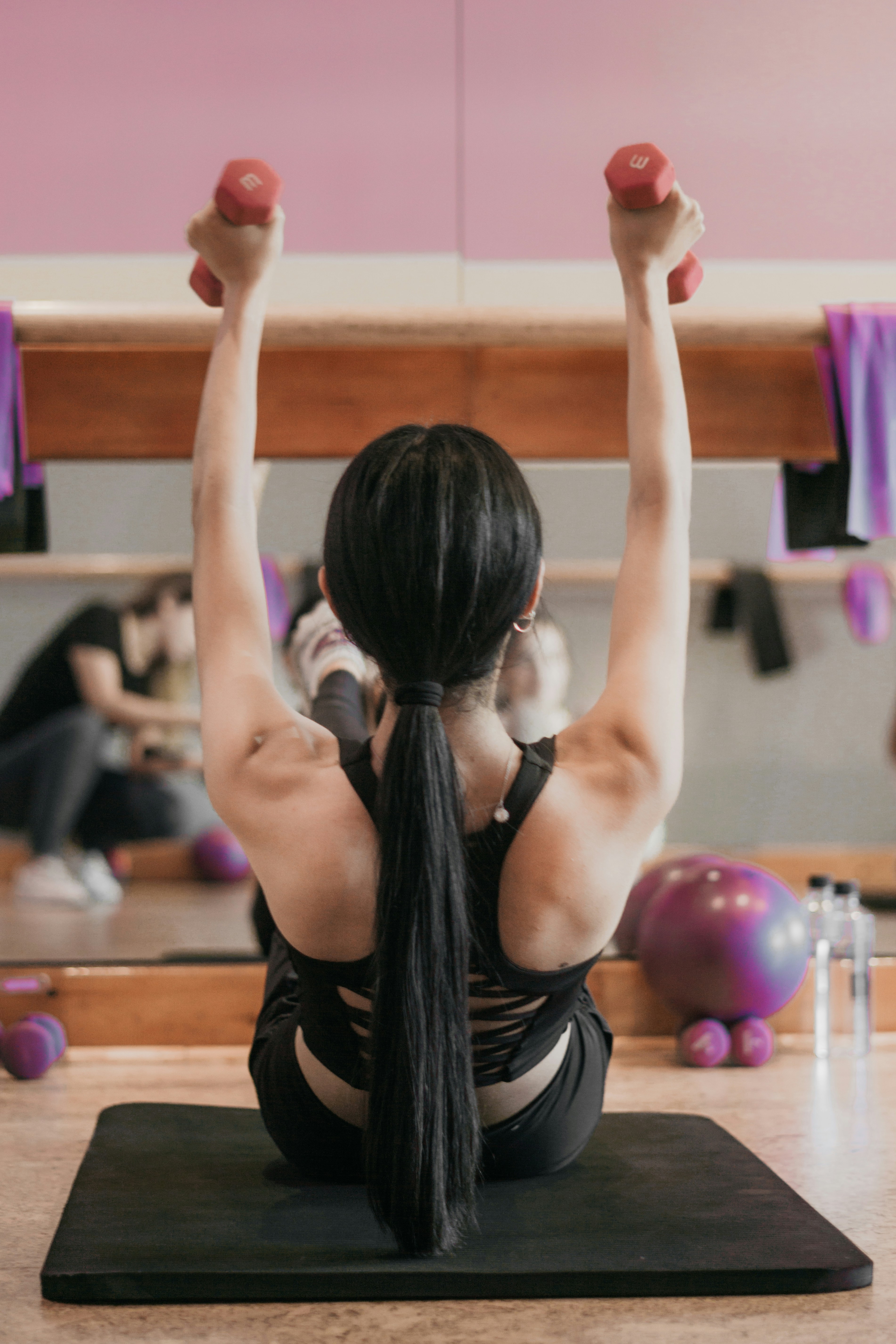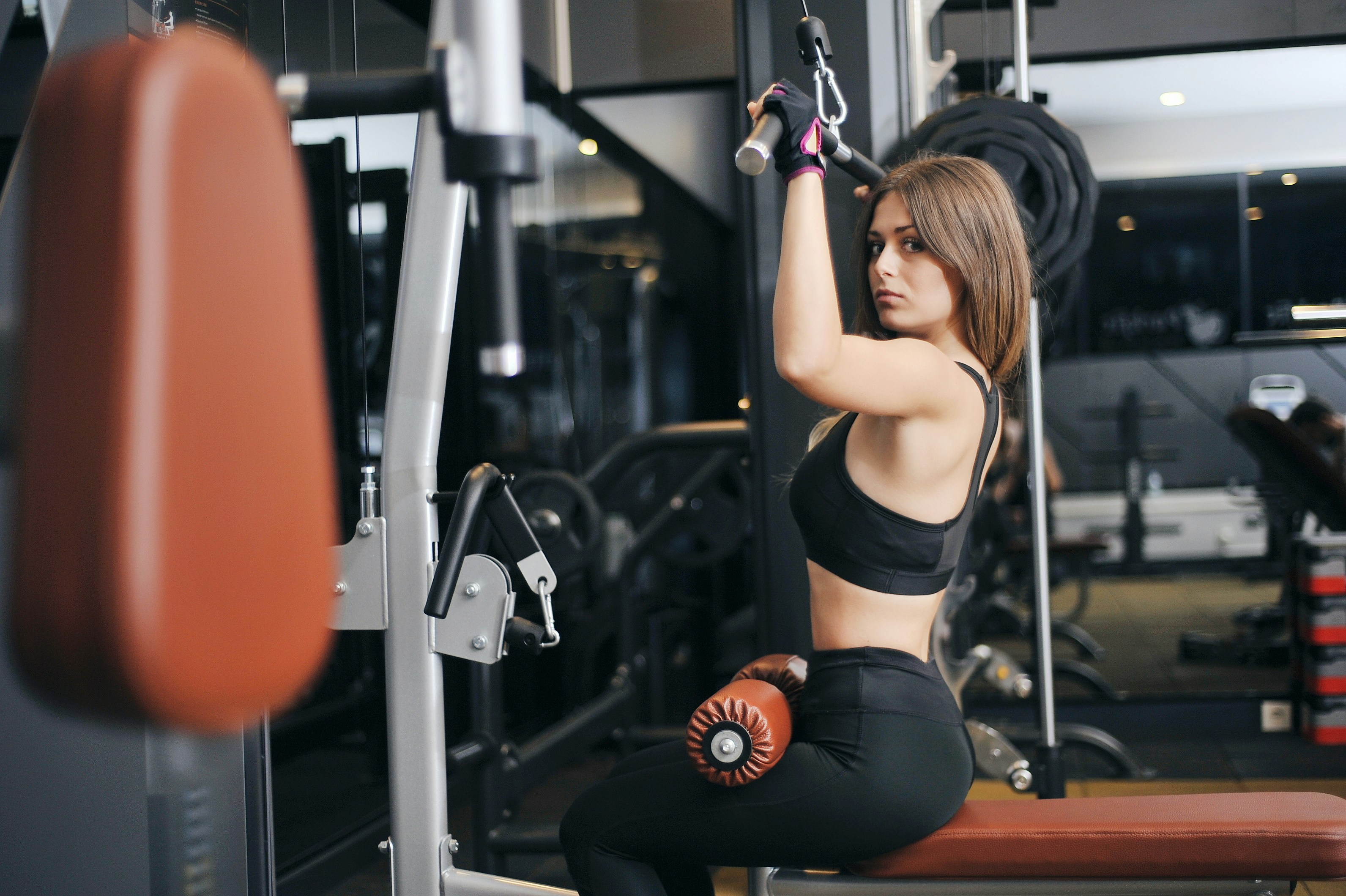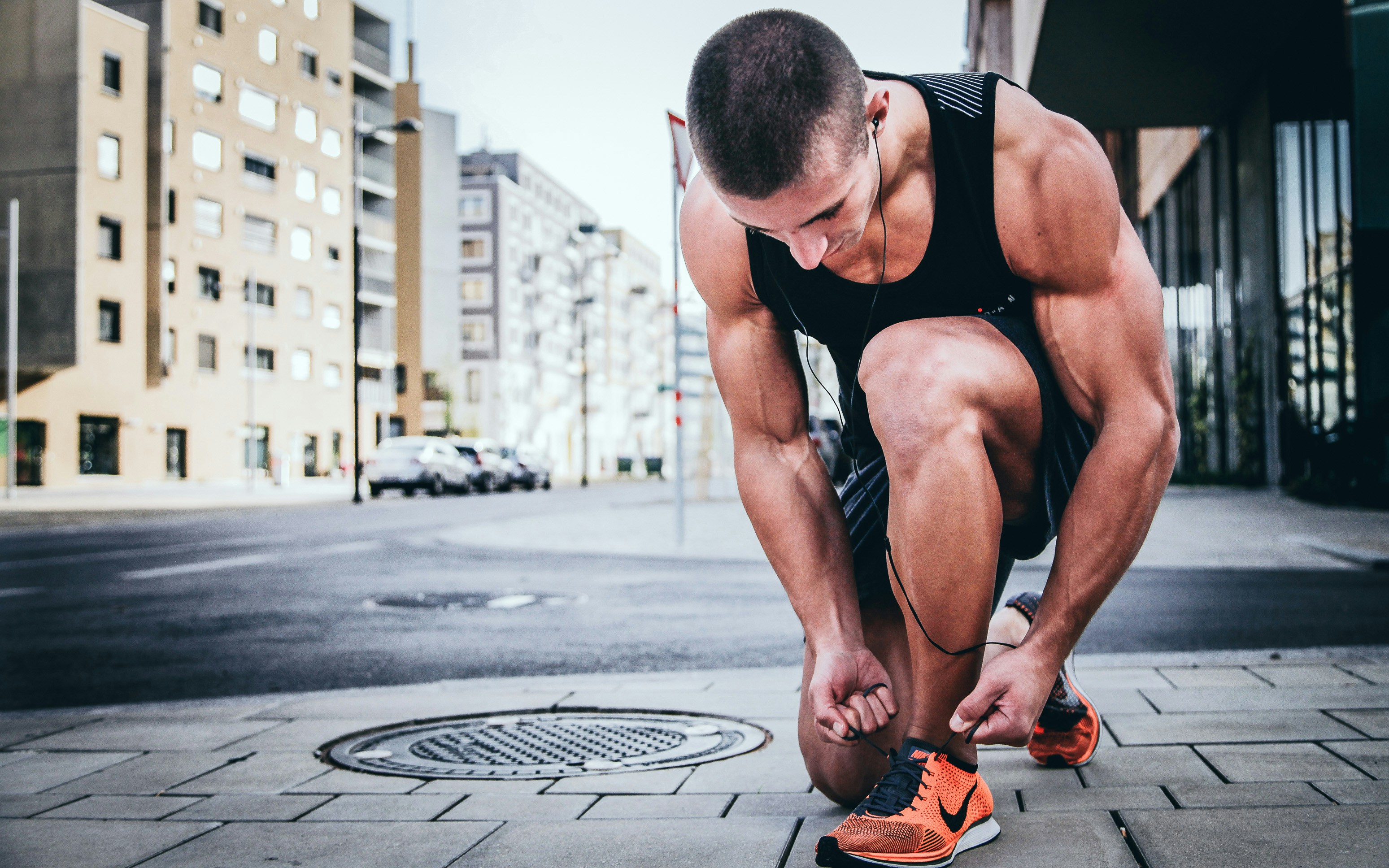How to Stretch Before and After Your Workout
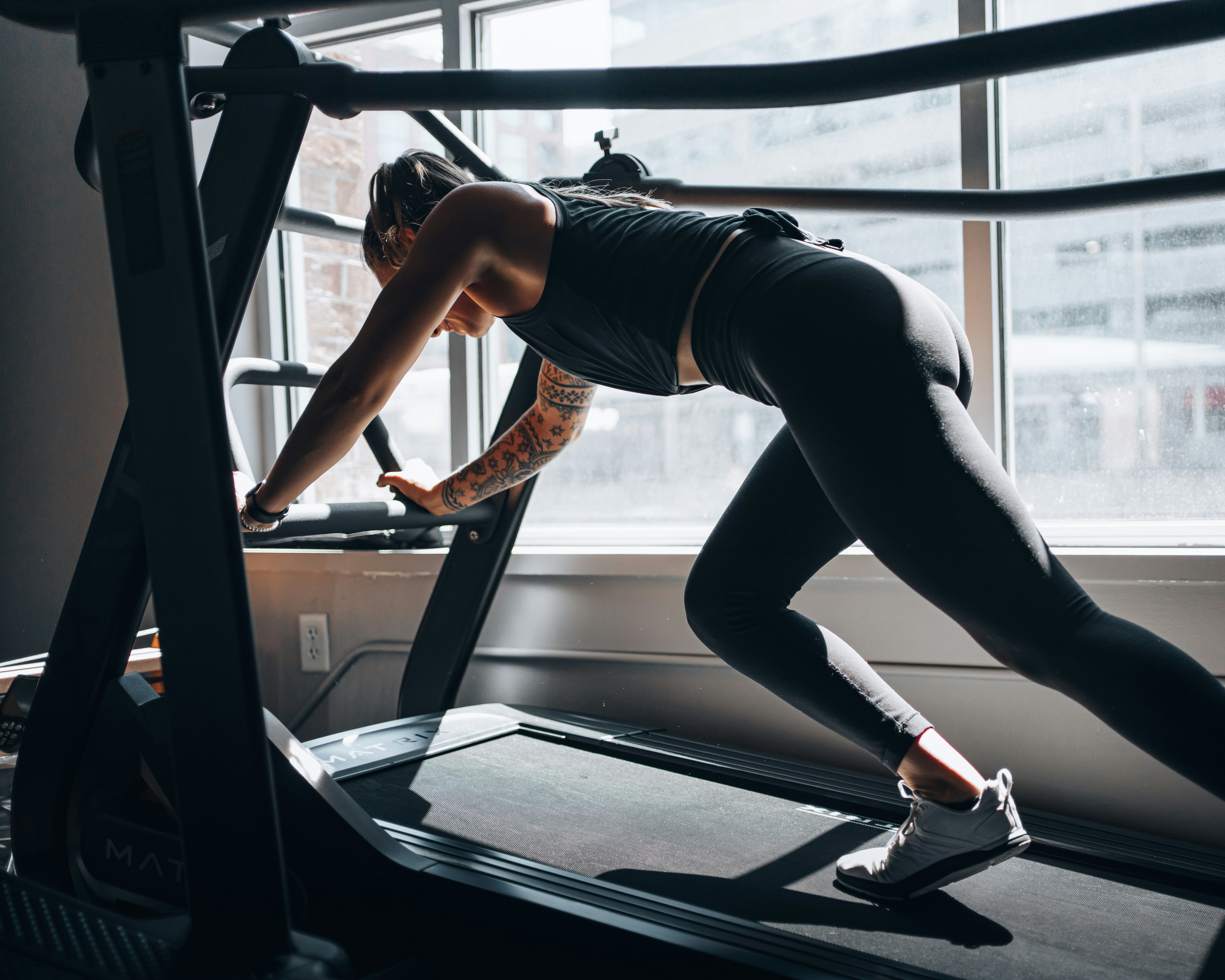
How to Stretch Before and After Your Workout
"Stretching is not just about flexibility; it's about health, mobility, and performance." – Unknown
Introduction
Stretching is an essential component of any fitness routine. Whether you're warming up before a workout or cooling down afterward, stretching helps improve flexibility, prevent injuries, and aid in recovery. However, not all stretches are created equal, and it's important to know which stretches to perform before and after your workout for maximum benefit.
In this article, we’ll explore the best stretching practices for both pre-workout and post-workout to enhance performance, reduce the risk of injury, and promote muscle recovery.
1. Why Stretching Is Important
Before we dive into the specific stretches for before and after your workout, let's discuss why stretching is important:
- Improves Flexibility : Stretching helps increase the range of motion in your muscles and joints, which can improve flexibility over time.
- Prevents Injuries : Dynamic stretching before a workout prepares your muscles for the strain of exercise, reducing the risk of injury. Static stretching after a workout helps your muscles recover and prevents stiffness.
- Promotes Better Posture : Regular stretching can help correct muscular imbalances, which often lead to poor posture.
- Enhances Performance : Stretching increases blood flow to the muscles, providing them with more oxygen and nutrients, which can improve performance during exercise.
- Reduces Muscle Tension : Stretching can relieve muscle tightness and tension, helping your muscles recover after a workout.
2. Pre-Workout Stretching: Dynamic Stretching
Before any workout, it’s important to prepare your body for the movement and strain ahead. Dynamic stretching is the best approach for a pre-workout warm-up because it involves active movements that increase your heart rate and blood flow to your muscles.
What Is Dynamic Stretching?
Dynamic stretching involves controlled, gentle movements that take your muscles and joints through their full range of motion. These movements are typically done in a repetitive manner, which helps warm up the body by improving blood circulation and mobility.
Why Dynamic Stretching Works
Dynamic stretching helps activate muscles, increase heart rate, and raise your core body temperature, preparing your body for more intense physical activity. It also increases your flexibility without reducing muscle strength, unlike static stretching, which can temporarily reduce strength and power.
Examples of Dynamic Stretches
Here are a few dynamic stretches you can incorporate into your warm-up routine:
1. Leg Swings
- How to do it : Stand next to a wall or support, and swing one leg forward and backward in a controlled motion. Perform 10-15 swings on each leg. This targets your hip flexors, hamstrings, and quads.
- Benefits : Improves hip flexibility and warms up the legs.
2. Walking Lunges
- How to do it : Step forward into a lunge position, keeping your torso upright, and then step forward with the opposite leg into another lunge. Repeat for 10-12 reps per leg.
- Benefits : Activates the quads, glutes, hamstrings, and hips.
3. Arm Circles
- How to do it : Extend both arms out to your sides and make small circles, gradually increasing the size. Perform for 20-30 seconds in each direction.
- Benefits : Warms up the shoulders and arms.
4. High Knees
- How to do it : March in place, bringing your knees up as high as possible. You can also try doing this while jogging in place.
- Benefits : Increases heart rate and warms up the hip flexors, quads, and core.
5. Butt Kicks
- How to do it : While jogging in place, kick your heels toward your glutes. Alternate legs in a rhythmic motion.
- Benefits : Warms up the hamstrings and glutes.
3. Post-Workout Stretching: Static Stretching
After a workout, your muscles are warm and more pliable, making it the perfect time to engage in static stretching . Static stretching involves holding a stretch for an extended period (typically 15-60 seconds) to improve flexibility and promote muscle relaxation.
What Is Static Stretching?
Static stretching is a slower, controlled form of stretching where you hold a position for a certain amount of time, typically 20-30 seconds, to target specific muscle groups. This type of stretching is best performed after a workout to help your muscles cool down, reduce stiffness, and enhance flexibility.
Why Static Stretching Works
Static stretching helps to elongate muscles, which can help alleviate tightness caused by the workout. It also helps restore muscle length and flexibility, promotes relaxation, and aids in the recovery process by increasing blood flow to the muscles.
Examples of Static Stretches
Here are some effective static stretches to do after your workout:
1. Hamstring Stretch
- How to do it : Sit on the ground with one leg extended straight in front of you. Reach forward with both hands towards your toes, keeping your back straight. Hold for 20-30 seconds on each leg.
- Benefits : Stretches the hamstrings and lower back.
2. Quadriceps Stretch
- How to do it : Stand and grab one ankle behind you, pulling it towards your glutes. Keep your knees together and gently press your hips forward. Hold for 20-30 seconds on each leg.
- Benefits : Stretches the quads and hip flexors.
3. Chest Stretch
- How to do it : Stand tall and clasp your hands behind your back, straightening your arms and lifting your hands upwards. Open your chest and hold for 20-30 seconds.
- Benefits : Stretches the chest, shoulders, and upper back.
4. Shoulder Stretch
- How to do it : Extend one arm across your body at shoulder height and use your opposite hand to gently pull the extended arm towards your chest. Hold for 20-30 seconds on each side.
- Benefits : Stretches the shoulders and upper arms.
5. Cat-Cow Stretch (Spinal Flexion & Extension)
- How to do it : Start on your hands and knees. Inhale, arch your back (cow), and exhale as you round your spine upward (cat). Perform for 30 seconds.
- Benefits : Improves spinal mobility and stretches the back.
4. Tips for Effective Stretching
To get the most out of your stretching routine, keep these tips in mind:
- Never bounce : Bouncing while stretching can lead to muscle strain. Always stretch in a controlled, smooth motion.
- Don’t stretch to pain : Stretching should feel comfortable and gentle, not painful. If you experience pain, ease off the stretch slightly.
- Breathe deeply : Breathing deeply during your stretches helps relax your muscles and enhances flexibility.
- Focus on all muscle groups : Don’t neglect any muscle groups, especially the areas that were heavily used during your workout.
5. Conclusion
Stretching is an essential part of any fitness routine, and understanding when and how to stretch can significantly impact your performance and recovery. Dynamic stretching before a workout primes your muscles and joints for activity, while static stretching afterward helps prevent injury, reduce muscle soreness, and improve flexibility.
By incorporating both dynamic and static stretching into your fitness routine, you’ll be able to enhance your workout, prevent injuries, and maintain long-term mobility and flexibility.
Remember: consistency is key. Make stretching a regular part of your fitness routine to reap the full benefits for both your performance and overall well-being.
References
- Page, P. (2012). Current Concepts of Stretching for Exercise and Rehabilitation . International Journal of Sports Physical Therapy.
- Behm, D. G., & Chaouachi, A. (2011). A Review of the Acute Effects of Static and Dynamic Stretching on Performance Variables . European Journal of Applied Physiology.
- American College of Sports Medicine. (2013). ACSM's Guidelines for Exercise Testing and Prescription . Lippincott Williams & Wilkins.

